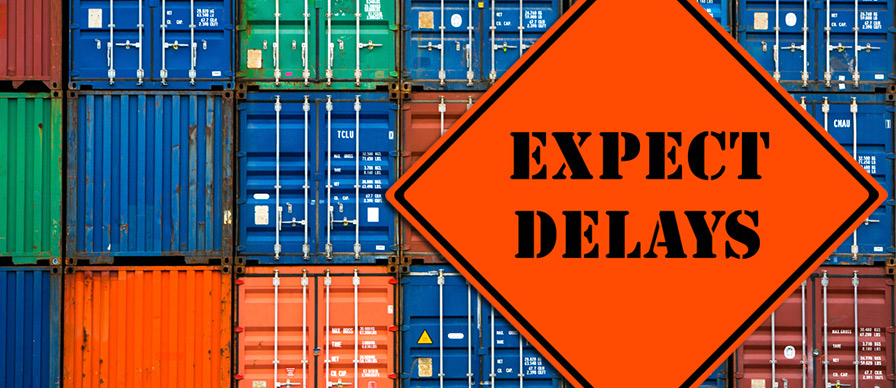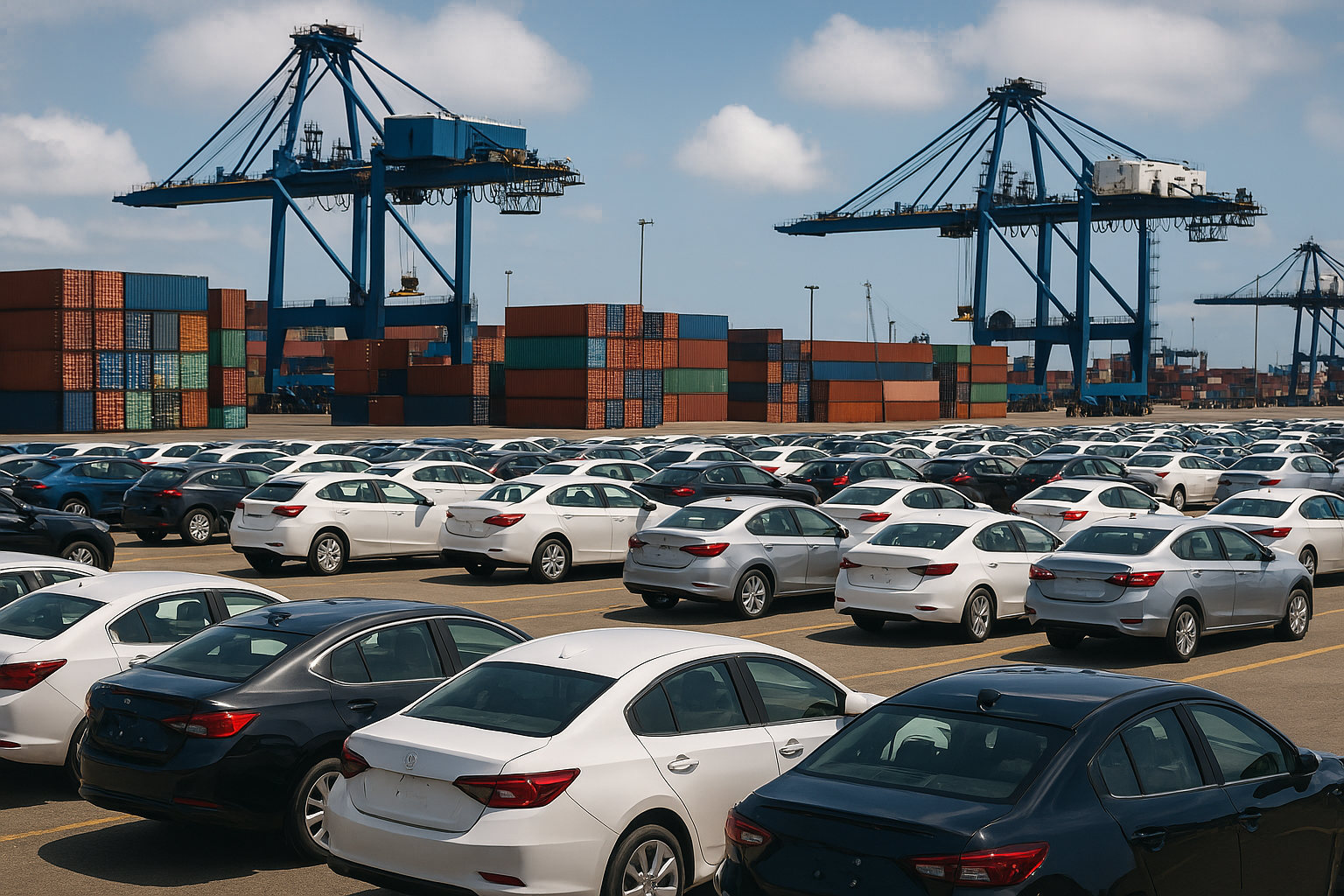Potential US-Russia Trade Deal: Auto Tariffs & Shipping Impact
Recent discussions between US President Donald Trump and Russian President Vladimir Putin about a "large-scale" trade deal have sparked speculation about its potential impact on the automotive industry. With the US maintaining a 25% tariff on imported vehicles and Russia recently hiking fees on Chinese car imports, a bilateral agreement could redefine global trade dynamics. For collectors, dealers, and logistics providers, this raises critical questions about tariffs, market access, and the future of car shipping.
Scenario 1: Tariff Reductions for American Cars in Russia
Current Landscape:
-
Russian Market: Chinese EVs dominate (63% market share), but rising fees aim to curb imports.
-
US Tariffs: 25% on non-US-made vehicles, exempting classics over 25 years old.
Potential Outcomes:
-
Reduced Duties: A deal could lower Russia’s 15–30% tariffs on US cars, reviving demand for American muscle cars like the Ford Mustang or Chevrolet Camaro.
-
Logistics Shift: Increased container shipments from US ports to Vladivostok or St. Petersburg via West Coast Shipping’s consolidated routes.
Speculative Impact: A 1999 Ford Mustang SVT Cobra (exempt from US tariffs) could become a high-demand export to Russia if duties drop below 10%.
Scenario 2: Classic Car Exemption Expansion
Opportunity:
-
25-Year Rule: US classics already avoid the 25% tariff. A deal might extend similar exemptions in Russia for pre-2000 models.
-
Market Access: Russian collectors could target ’90s icons like the Chevrolet Impala SS or Dodge Viper.
Logistics Prep: West Coast Shipping’s climate-controlled containers would protect high-value classics during transit.
Scenario 3: EV Competition & Chinese Displacement
Context:
-
Russian Moves: Scrapped Chinese EV incentives and raised fees to $7,500+ per vehicle.
-
US Advantage: Potential tariff waivers for American EVs could challenge Chinese dominance.
Speculative Impact: Tesla Model S Plaid or Ford F-150 Lightning exports to Russia via expedited air freight might surge.
Scenario 4: Nearshoring Through Sanction Loopholes
Strategy:
-
Mexican Assembly: Build US-branded cars in Mexico to avoid US tariffs, then export to Russia under a deal.
-
Logistics: Leverage West Coast Shipping’s USMCA-compliant routes for cost-effective shipments.
How West Coast Shipping Prepares
Proactive Measures:
-
Customs Partnerships: Expand broker networks in Russia for faster clearance.
-
Market Intelligence: Monitor Russian demand shifts for classics, EVs, and salvage vehicles.
Risks & Considerations
Sanctions Overhang:
-
Secondary Sanctions: US exporters must avoid blacklisted Russian entities.
-
Payment Channels: Ruble transactions may require third-country intermediaries.
Logistics Challenges:
-
Port Access: Black Sea routes remain unstable; prioritize Baltic/Far East ports.
-
Insurance: Heightened war risk premiums for shipments to conflict-adjacent regions.
Conclusion
A US-Russia trade deal could unlock unprecedented opportunities for American car exporters, from classic muscle to cutting-edge EVs. However, success hinges on strategic logistics, compliance, and market agility.
Stay Ahead of Trade Shifts
Contact West Coast Shipping for scenario-based planning and real-time updates on tariff negotiations.
You May Also Like
These Related Stories

On the Waterfront - WCS's Port of Oakland Cargo Traffic Update

How to Value a Classic Car: Best Online Tools and Price Guides in 2025

-093789-edited.png?width=220&height=79&name=wcs_final_logo_(1)-093789-edited.png)
